What are gemstones?
by Scott Dutfield · 26/02/2019
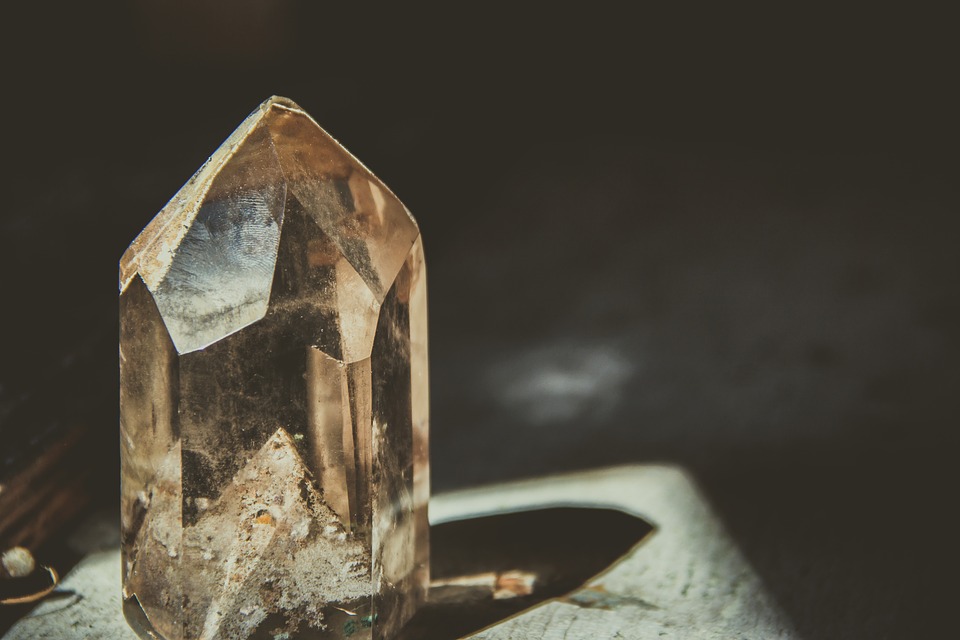
Discover the chemistry that determines the captivating colours of these crystals
The most valuable crystals form within the Earth’s crust under great amounts of pressure and heat and are brought to the surface by volcanic or seismic activity. Each gemstone has a unique chemical composition that affects the way they absorb and reflect light. Our eyes can only see colours between 380–750 nanometres, so gemstones that absorb all of these wavelengths will appear black, while the ones that all light wavelengths can pass right through appear completely colourless. But when a crystal only absorbs some wavelengths as others pass through it, a captivating display of colour is created.
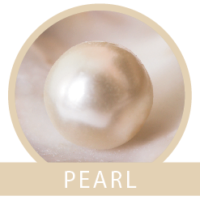
Formula: CaCO3
Hardness: 2.5–4.5 Mohs
Crystalline iridescent calcium carbonate forms in concentric layers produced inside shelled molluscs as a protective mechanism against trapped grains of sand. Although they are not formed through geological processes, pearls are still considered to be gemstones.

Formula: CuAl6(PO4)4(OH)8.4H2O
Hardness: 5.0–6.0
Turquoise is an opaque blue-to-green mineral composed of hydrated phosphate of copper and aluminium. Turquoise stones may also have splotches or spider web-like patterns.
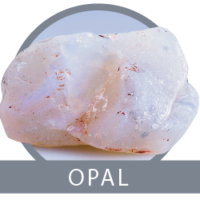
Formula: SiO2.nH2O
Hardness: 5.0–6.5
Opal is a form of amorphous hydrated silica featuring small points of shifting colour caused by light being interfered with, refracted or diffracted.
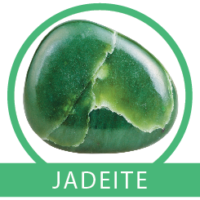
Formula: NaAlSi2O6
Hardness: 6.5–7.0
Formed in metamorphic rocks under high pressure and relatively low-temperature conditions, jadeite’s green colour is caused by the presence of chromium, although some iron impurities may also be present.
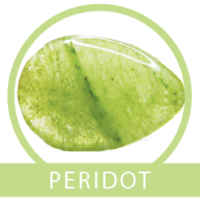
Formula: (Mg,Fe)2SiO4
Hardness: 6.5–7.0
The rich yellow-green colour of peridot is due to the presence of iron 2+ ions replacing magnesium ions in some locations within the crystal’s structure. The more iron it contains, the deeper the green will be.
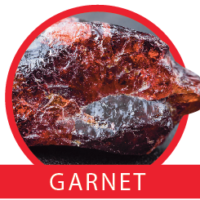
Formula: A3B2Si3O12
Hardness: 6.5–7.5
The deep red colour of garnet gems is caused by presence of iron 2+ ions. These gems form in distinct dodecahedral and trapezohedral vitreous (glass-like) crystals.
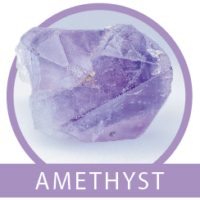
Formula: SiO2
Hardness: 7.0
The violet-colour of this quartz is caused by irradiation of iron 3+ ions. When heated, it loses its violet colour and often turns yellow, resembling citrine. Amethyst forms in naturally pyramidal crystals or inside of rocks as geodes.
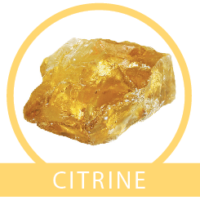
Formula: SiO2
Hardness: 7.0
Citrine is a yellow- or orange-coloured quartz. Its pale amber shades come from the presence of iron or aluminium impurities.
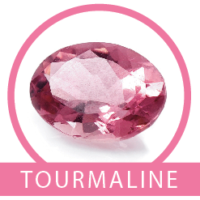
Formula: (Na,Ca)(Mg,Li,AI,Fe2+) AI (BO ) Si O18(OH)4
Hardness: 7.0–7.5
Tourmaline crystals can occur in a wide range of colours from colourless to black. In the pictured form, the pink colour arises due to the presence of trace amounts of manganese ions.
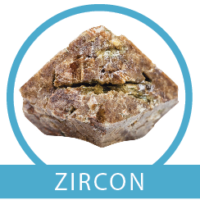
Formula: ZrSiO4
Hardness: 6.0–7.5
Zircon belongs to the nesosilicates group, and can display various colours due to impurities, including red, green and blue. It is thought to be the oldest known mineral found on Earth.
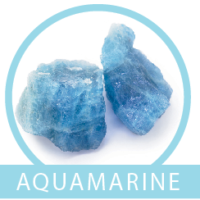
Formula: Be3Al2Si6O18
Hardness: 7.5–8.0
Aquamarine crystals appear blue because iron 2+ / 3+ ions replace aluminium ions in some locations in the crystal structure. They are usually found as individual six-sided prismatic crystals.
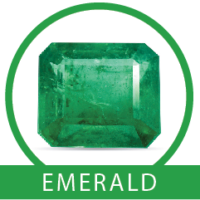
Formula: Be3Al2Si6O18
Hardness: 7.5–8.0
Emeralds are a cyclosilicate variety of the mineral beryl that appear rich green due to the presence of chromium ions. Crystals contain numerous inclusions and surface breaking fissures.

Formula: MgAl204
Hardness: 8.0
Spinel comes in a variety of colours, include red and rose. These intense reds are caused by traces of chromium while orange and purple gems contain a mixture of iron and chromium.
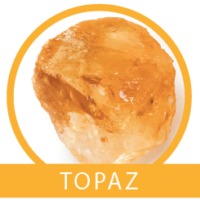
Formula: Al2SiO4(F,OH)2
Hardness: 8.0
Pure topaz is in fact colourless, but varieties of blue or brown shades of topaz are caused by atomic-level imperfections.
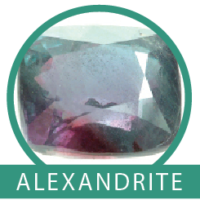
Formula: BeAI2O4
Hardness: 8.5
The green hues of alexandrite are caused by chromium ions, although the gem’s colour appears to change under different lights and different directions.

Formula: Al2O3
Hardness: 9.0
Rubies can be pink to blood-red in colour, a tone caused by the presence of chromium ions which replace some aluminium ions at locations throughout the structure.
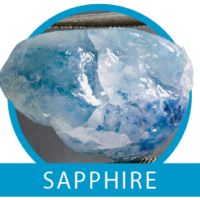
Formula: Al203
Hardness: 9.0
Blue shades of this variety of corundum are caused by titanium and iron ions. Trace elements of chromium, vanadium or magnesium can create other colours, including pink, purple and green.

Formula: C
Hardness: 10
Pure diamonds are colourless, but trapped nitrogen or boron atoms within the crystal structure can create a faint colour.
This article was originally published in How It Works issue 111, written by Charlie Evans
For more science and technology articles, pick up the latest copy of How It Works from all good retailers or from our website now. If you have a tablet or smartphone, you can also download the digital version onto your iOS or Android device. To make sure you never miss an issue of How It Works magazine, subscribe today!





